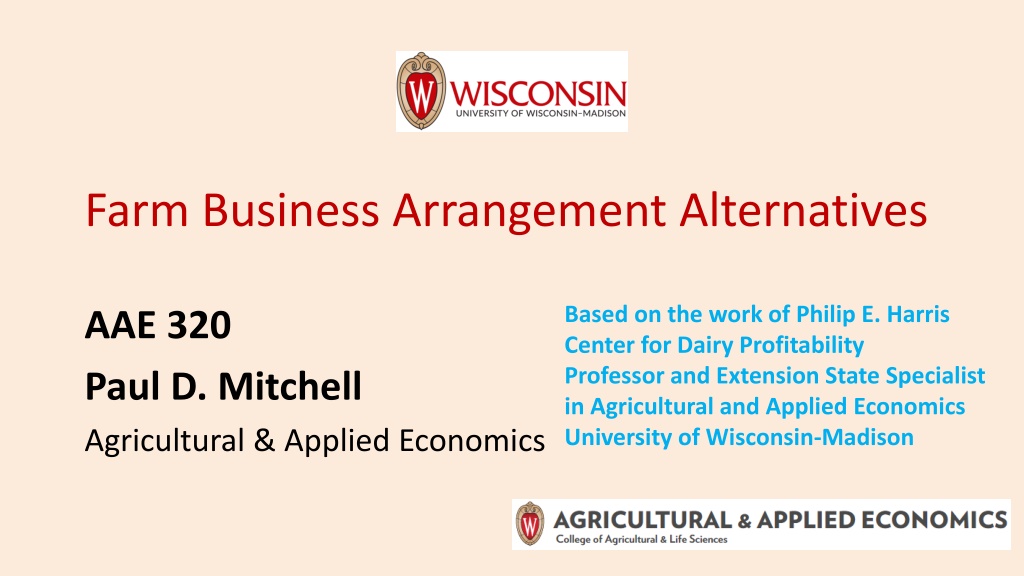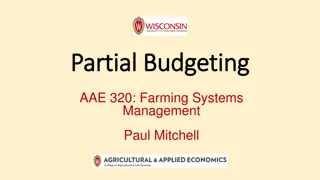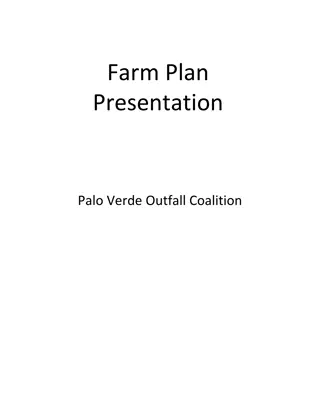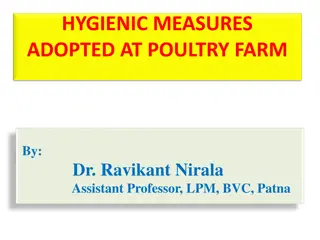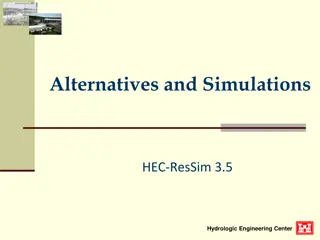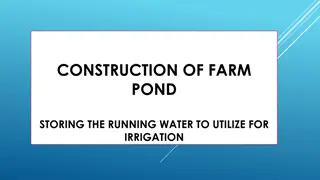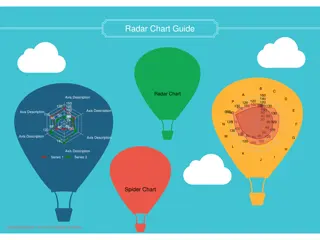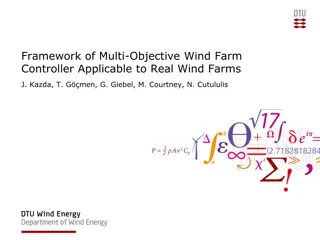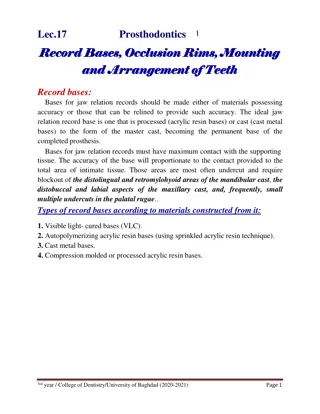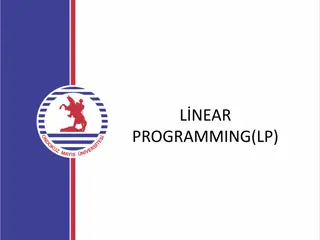Farm Business Arrangement Alternatives Explained
Explore different farm business arrangements such as Sole Proprietorship, Partnership, Corporation, and Limited Liability Company. Learn about the establishment, decision-making, taxation, and liability aspects of each entity. Understand the legal formalities, tax implications, and control mechanisms for farmers organizing their businesses under these structures.
Download Presentation

Please find below an Image/Link to download the presentation.
The content on the website is provided AS IS for your information and personal use only. It may not be sold, licensed, or shared on other websites without obtaining consent from the author.If you encounter any issues during the download, it is possible that the publisher has removed the file from their server.
You are allowed to download the files provided on this website for personal or commercial use, subject to the condition that they are used lawfully. All files are the property of their respective owners.
The content on the website is provided AS IS for your information and personal use only. It may not be sold, licensed, or shared on other websites without obtaining consent from the author.
E N D
Presentation Transcript
Farm Business Arrangement Alternatives Based on the work of Philip E. Harris Center for Dairy Profitability Professor and Extension State Specialist in Agricultural and Applied Economics University of Wisconsin-Madison AAE 320 Paul D. Mitchell Agricultural & Applied Economics
Learning Goals To understand the main options available for farmers to legally organize their business Focus on four characteristics of each business entity 1. Establishment 2. Decision Making 3. Taxation 4. Liability
Alternatives for Farm Business Arrangements Sole Proprietorship Partnership Corporation Limited Liability Company
Sole Proprietorship One owner who has full control Liable for all debts of the business No legal formalities required to form a sole proprietorship Owner pays tax on all business income
Partnership A partnership is an association of two or more persons sharing the profits and losses from a business Two Types 1. General Partnership 2. Limited Partnership
General Partnership All members make the decisions All members liable for all partnership debts No legal formalities required to form a general partnership
Limited Partnership Limited Partnership has two types of partners: General Partners and Limited Partners General Partners actively manage partnership activities, liable for partnership debts Limited (silent) Partners cannot actively manage day-to-day activities, just general or broad management Not liable for partnership debts
Taxes and Partnerships Partnerships do not pay taxes Partnerships file IRS Schedule K-1 (Form 1065) that reports all income and deductions allocated to partners Partners pay ordinary income, capital gains, and self-employment taxes on income earned as partners Transferring assets into or out of partnership does not trigger recognition of gain Basis carries over with the transfer
Corporations Limited liability: owners (shareholders) are not liable for corporation debts More legal formalities than a partnership Must file Articles of Incorporation with your state s Department of Financial Institutions Shareholders Directors Officers
Corporations Corporations separate Management and Ownership Sole Proprietorship and Partnerships do not Shareholders: Owners of corporation Directors: elected by Shareholders, make broad management decisions, hire Officers Officers: run the business, report to Directors Family Farm Corporations: same person may be all three: shareholder, director, and officer
Income Taxation of Corporations Corporation pays taxes on its income Previously had tax brackets like people, but the 2018 law made 21% flat tax for corporations on taxable income Dividends paid to shareholders are Taxable income for shareholders Are not a deductible cost by the corporation Often called Double Taxation Shareholders can be employees, and so their wages deducted from Corporation income Shareholder cannot be fake employee just to avoid double taxation
Asset Transfer and Corporations Assets can be put into a corporation in exchange for ownership interest in the corporation Does not trigger recognition of gain Basis transfers to the corporation When assets are distributed to a shareholder in exchange for shares Triggers recognition of gain, for the corporation and the shareholder See Example 2
Corporations Two Types 1. C Corporations 2. S Corporations We have been talking about C Corporations
S Corporations Restrictions on the number and type of shareholders, but farms usually qualify Still the same legal formalities to establish Still shareholders, directors, and officers Income taxed only at shareholder level, so S corps are pass- through entities that file Schedule K-1 (Form 1065) Shareholders pay ordinary income, capital gains and SE taxes No double taxation When assets are distributed to a shareholder Triggers recognition of gain, but tax is paid only at shareholder level
Limited Liability Company (LLC) Still requires filing Articles of Organization with state s Department of Financial Institutions to establish Annual report to state May create an Operating Agreement Has Members and Managers Members are owners Managers can be Members, or they can be hired
Limited Liability Company Taxed like a partnership Income flows through to the Members who report it on their taxes No double taxation Pass-through entity that files Schedule K-1 (Form 1065) Members pay ordinary income, capital gains and SE taxes Transferring assets in/out of LLC does not trigger recognition of gain Basis carries over with the transfer Limited liability like a corporation Members not liable for the debts of the LLC
Changes in 2018 Tax Law Corporate tax rates now a flat 21% Before were brackets, with rates from 15% to 35% Pass-through entities (Sole proprietors, Partnerships, S Corps and LLCs) can qualify for up to a 20% deduction of this income Qualifications and limits depending on type of entity (service vs non-service), your AGI and amount of your W-2 wages, etc. Business interest paid not always a deducible cost Net operating losses can only be carried forward and only up to 80% of income in one year
Summary Described Sole Proprietorship, Partnerships, C-Corp, S-Corp, and LLC as options for farmers to legally organize their business What to know How to Establish each How Decision-making works for each How each deals with Taxes Ordinary income, capital gains, self-employment Transfer of assets in/out and recognition of gain How each deals with Liability
Summary Table Entity Establishment Decision Making Taxation Financial Liability Sole Proprietor Nothing formal Owner Owner Owner Partnership Nothing formal Owners Pass thru to owners All Partners Limited Partnership Recommended General Partners only Pass thru to owners General Partners only C Corporation File with DFI Officers C Corp & owners Corporate assets only S Corporation File with DFI Officers Pass thru to owners Corporate assets only Limited Liability Co File with DFI Managers Pass thru to owners Company assets only
